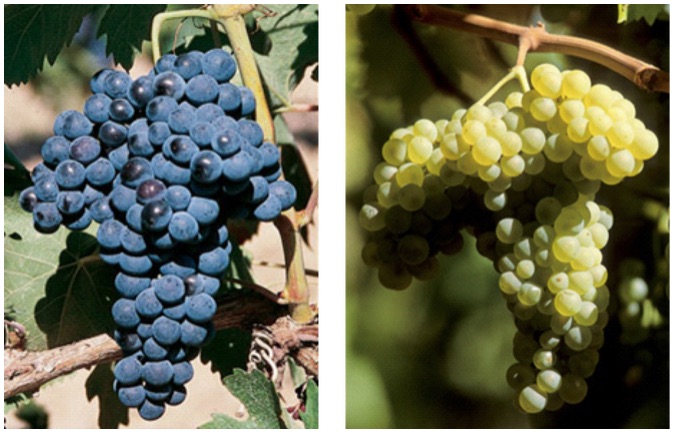Summary
Most of the compounds responsible for flavour in plants are glycosilated and are accumulated as non-volatile and flavourless glycoconjugates. These compounds are present in different fruits such as grapes, apricot, kiwi and strawberry among others. The occurrence of glycosidically bound volatiles is typically two to eight times greater than that of their free counterpart. Moreover, most of the noisoprenoids in fruit, some of which are precursors of very potent flavour compounds, are present mainly in glycosidic form. In grapes the volatile compounds that contribute to their aroma are mainly esters of acetic acid and monoterpenes such as linalool, geraniol, nerol, citronerol, α-terpineol and hotrienol. During the maturation of the grapes, glycosylated terpenes are transported from the grape skin to the pulp and sugar residues can be released from the aglycone moiety by enzymatic hydrolysis contributing to grape flavour. The enzymes responsible for this process are glycosidases. The number of glycolisdases involved in this process and the specificity of these enzymes to substrates is still unresolved. The presence of a variety of glycosidic structures suggests the existence of different families of glycosidases. Among the glycosidases described, the most studied are β-glucosidases. These enzymes are involved in many biological processes and, despite their importance, they receive little attention. For these reasons, our aim is to characterise the glucosidases involved in aroma in two autochthonous varieties from Castilla-La Mancha: “Airén and Tempranillo”. With the results obtained, we expect to generate knowledge and new tools for future biotechnology applications.


